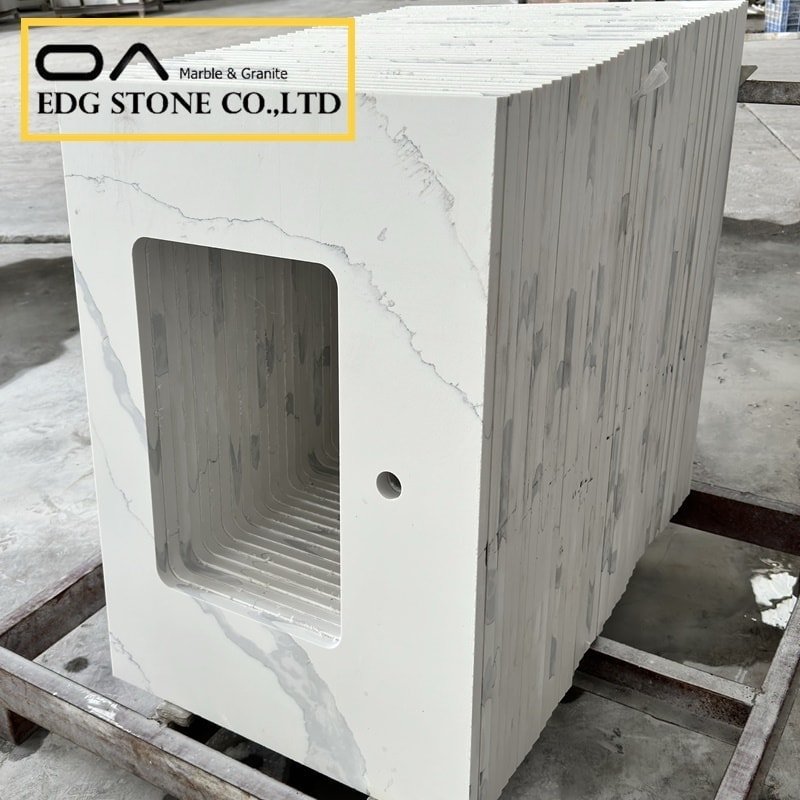Everyone should not be unfamiliar with quartz-stone countertops. It is a cabinet countertop made of quartz stone plates, which is called quartz stone countertops. Our common quartz stone countertops include cabinet countertops, laboratory countertops, window sills, and sinks. Because quartz stone is wear-resistant, scratch-resistant, high-temperature resistant, corrosion-resistant, anti-permeable, non-toxic, non-radiation, and zero formaldehyde, it can be made food-grade and environmentally friendly. With features such as countertops, quartz stone is favored by countertops.
When quartz stone products reach the end customers, intermediate finished product processing is required. What the quartz stone manufacturers leave is only quartz stone plates, not finished countertops. Tabletop processing is divided into in-plant processing and on-site processing, and our biggest headache is on-site processing. According to customer requirements, tabletop openings need to be completed on-site with a handheld cutting machine. In this process, a large amount of dust will be generated, which will bring great trouble to our later cleaning.
Let’s first look at what harm dust can bring to us. Short-term exposure to dust will cause local skin, cornea, mucosa, and other local irritation and then develop lesions, resulting in folliculitis, pharyngitis, laryngitis, trachea, and bronchitis, atrophic rhinitis, etc. Directly harm the body part. How to reduce and clean up dust? First, take protective measures before cutting, try to cover what can be covered, such as range hoods, wall cabinets, etc. To clean up the dust, you can use a watering can to spray water and wipe it with a cloth dampened with water.







